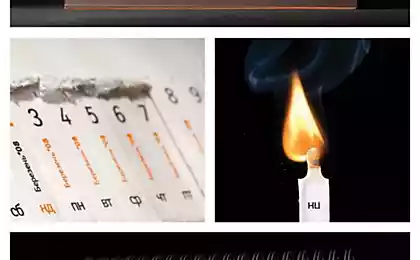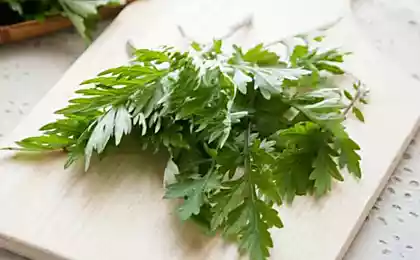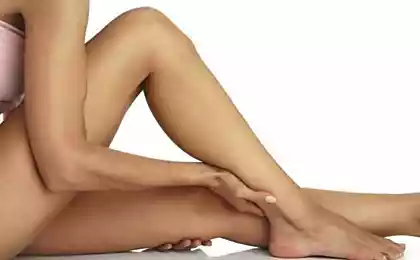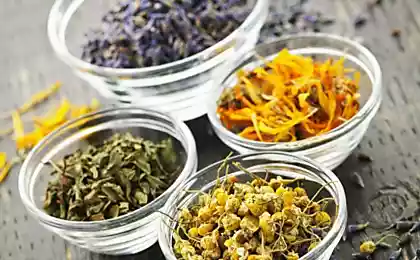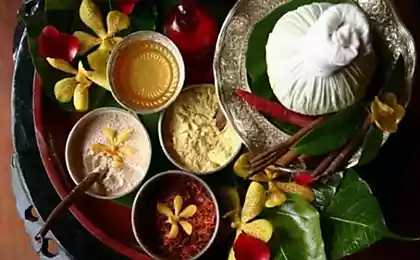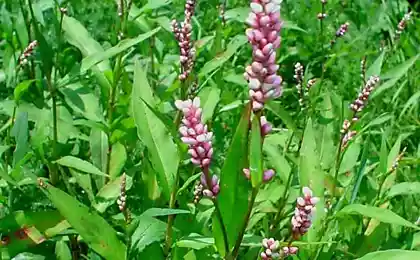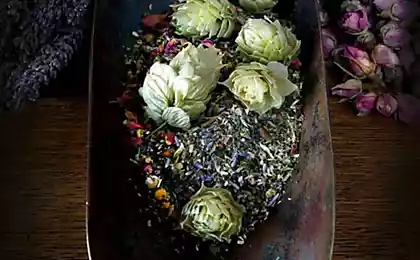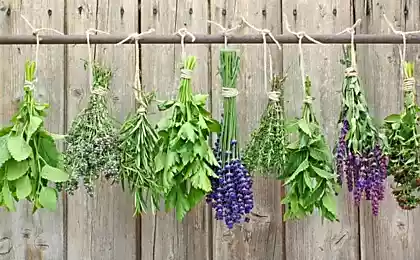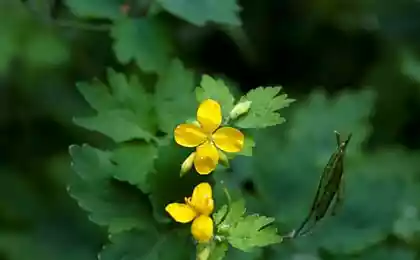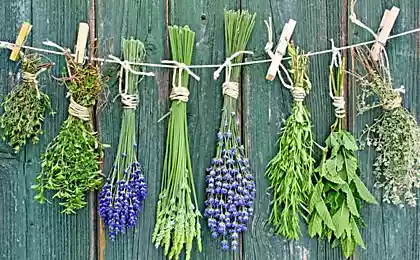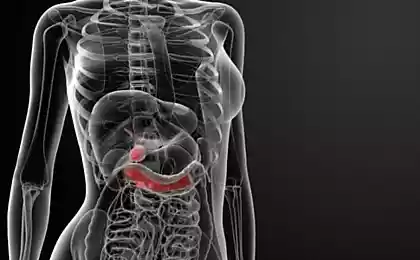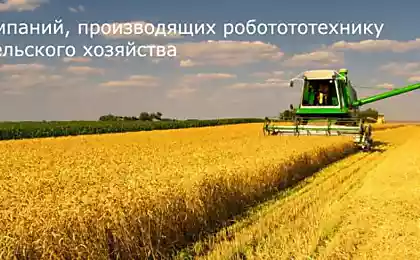543
Calendar of collection of medicinal herbs
Birch buds.
Cowberry the leaf and shoots.
Buckthorn — bark.
Pine — reins.
Bearberry list, escape.
Plants (leaves, shoots) should be collected in good, dry weather, after the dew or rain, they spoil during drying. But the roots can be collected in any weather, so they still should be well washed before drying. Carefully inspect the plant, not to collect highly contaminated and damaged by diseases and pests, instead of the benefits you can get the opposite effect. And attention – it is impossible to collect close to highway, close to town, roadsides with heavy traffic! The farther the better!
Forty six million eight hundred ninety thousand four hundred fifteen
The collected materials are cleaned and dried within two hours after collection. Plants ( except roots) it is impossible to wash. Lay a thin layer on the ground level and air dried in a shaded place ( under a canopy, in the attic), if this is not possible, especially in cities, can be dried in the dryer, in the oven. Sun-drying is impossible. You can tie in bundles and hang in a shaded place. But the bark, rhizomes, fruits and seeds are dried in the sun ( except for the very odorous such as Valerian, sweet flag ), they are dried in the shade or in a well ventilated area. Before drying thick roots cut along the length of across. Very thick you can cut it into slices.
APRIL
Birch – buds.
They are collected when there are no leaves, but the buds are already swollen. It was at this time they include a lot of nutrients. Buds you can collect in March, but we have not to go into the woods, a lot of snow.
Birch buds are harvested along with the twigs, dry and only then remove them with dry branches.
Kidney used in diseases of the kidneys and urinary tract, as a diuretic. The same broad use of birch buds as a choleretic, anti-inflammatory, antibacterial, antispasmodic, antibacterial, expectorant, sedative. Externally used for skin diseases, burns, wounds. Also promotes hair growth, ie they will use during the hair loss.
Pine — buds.
It is also time to gather in April. Harvested when the scales are tightly appressed to the kidney. Prepare decoctions, tinctures, which are used in such diseases — bronchitis, pneumonia, gastric ulcer and duodenal ulcer, externally used for baths in diseases of the nervous system. In the form of inhalation for colds, diseases of the throat
What other herbs collect in April?
The cranberries — sheets.
The leaves are harvested from April to mid-may, because at this time they contain the largest number of medicinal substances. Dried in a dry well-ventilated area.
Infusions and decoctions of cowberry sheet useful for diabetics, as it has the property to reduce sugar level in blood. Anti-inflammatory effect of leaves of bilberry used in the treatment of arthritis, osteohondroze, rheumatism, diseases of the stomach. Due to its composition, lingonberry leaves have diuretic, antiseptic, antimicrobial properties. They are also used as an astringent, anti-inflammatory, tonic, wound healing, sedative.
Infusion of leaves of bilberry have been successfully used as antiviral drug, as the drugs based on them contribute to the destruction of the herpes viruses and flu, cystitis, pyelonephritis, urolithiasis.
Oak — bark.
The bark is harvested from young trees, before the leaves.
The bark is used for many diseases — burns, excessive sweating, when the disease of the gums, oral mucosa, disorders of the stomach, rickets, scrofula, dysentery and many more diseases.
In April and harvested herbs such:
elecampane (roots), viburnum (bark), bearberry (leaves), black poplar (kidney), male fern (rhizome), buckthorn (bark), cinquefoil (rhizome), Highlander snake (rhizome).
MAY
Lily
Used in atherosclerosis — 2 tbsp. l. crushed leaves pour 1 Cup boiling water, infuse 1 hour, drain. Consume 2-3 times a day for 10 minutes before eating.
When a strong emotion, depression and neurosis, especially at the climacteric — 1 tbsp crushed flowers with stems pour 1.5 cups of boiling water, wrap and let infused for 2-3 hours. Then strain, take 1 tbsp 2 times a day (morning, after meals and at night). To drink not long enough 2-3 days.
For heart disease, especially in combination with asthma and dropsy, as well as during exercise — 2 tsp chopped herbs, pour a glass of boiling water, to insist hour, drain. Take for 3-5 days at 1 tsp every two hours.
Before use, be sure to consult with your doctor, and remember — the plant is poisonous! Keep out of the reach of children and strictly adhere to the specified dosage.
Oxalis
In may gather sorrel. Anyone knows this plant? Yes probably all familiar with this medicinal herb. In childhood we broke and ate it, we really liked the sour taste. And it is applied in such diseases:
Hypertension, urinary retention, swelling — 1 tbsp chopped fresh herbs pour 0.5 liters of boiling water, simmer over low heat for 10 minutes, to insist 30 minutes, drain and bring to the original volume (0.5 liters). Take during meals for 1/3 Cup 3 times a day.
For profilakticheskaya of atherosclerosis — 2 tablespoons pour 0.5 liters of boiling water, to insist hour, drain. Take with food 0.5 article 2-3 times a day.
Gastritis with low acidity and cardiovascular diseases- 1 tbsp. l. grass pour 0.5 cups of vodka, insist week, drain. Take 10-15 drops 2-3 times a day during meals.
There are contraindications: increased blood clotting, precipitation of salts in the kidneys. Consult a doctor before using any medicinal herbs is required.
Bergenia
For sweating feet and palms — 2 tbsp chopped fresh rhizomes pour 1 liter of boiling water, hold on low heat for 5-7 minutes, to insist hour, drain. To make the bath warm decoction in a day for 15 minutes.
In diseases of the mouth — 2 tbsp fresh leaves pour 0.5 of boiling water, hold on low heat for 10 minutes, to insist hour, drain, squeeze. Rinse your mouth several times a day. With stomatitis use this decoction 3-4 times a day on problem areas.
To enhance immunity, cystitis, prevention of gastrointestinal diseases — 2 tbsp fresh leaves pour 1 Cup of boiling water, boil, insist 30 minutes, drain. Take 1/3 Cup 3 times a day for half an hour before meals.
Cat paw
Frequent nosebleeds — 2 tbsp. l. chopped herbs pour 1.5 tbsp. of boiling water, to insist 2 hours, drain, squeeze. Take 1 tbsp every 2-3 hours.
When conjunctivitis — 1 tbsp of fresh herb pour 0.5 Cup of boiling water, to insist half an hour, drain. For lotions.
Hemorrhoids — 1 tbsp chopped fresh herbs, pour 1 tbsp. boiling water, to insist 1 hour, drain. Lotions do.
It is undesirable to apply long this herb for hypertension and after stroke and heart attack is contraindicated.
JUNE
In June, the time to gather the following herbs:
Lily of the valley. Collect leaves, grass, flowers.
Rosemary marsh
Mother and stepmother
Plantain — sheet
Chamomile — flower baskets.
Horsetail field — grass.
JULY
Watch a three — sheet.
Hypericum — grass.
The strawberries — benefit.
Erect cinquefoil — roots.
Cinquefoil silver — grass.
Linden — flowers.
Raspberry — benefit.
Tansy — flowers.
Chamomile scented — baskets
Cudweed — grass.
Yarrow grass, flowers
Viola tricolor
Horsetail field — grass.
Chain — grass.
Blueberry — benefit.
Celandine — grass.
AUGUST
In August, the medicinal plants are harvested flowers, leaves, whole part of the ground, but roots, rhizomes, seeds and fruits. Remember that the ground part retain the healing effect of 1-2 years, roots and seeds — 2-3 years, then they must be replaced. But they do not have to throw away, I'm doing the infusions for baths.
The roots are harvested when the ground portion starts to die out, wash in cold water, clean, preserving and shallow rhizomes. Dry with good ventilation in the sun, attics, ovens, over the stove. Ground parts of plants, sun-drying is not recommended. The roots can dig in any weather.
Oak.
On the oak leaves of autumn appear spherical "frozen nuts", which are used in a decoction for lotions for burns, frostbite, some skin diseases. A decoction of acorns is also used in these symptoms, in addition with indigestion, poisoning.
Nettle.
The infusion of dried nettle leaves is used for hair loss, fresh juice from the leaves of nettle 1 teaspoon 3 times a day suspend internal bleeding, from the nose, too. But remember. preparations of nettle increases blood clotting, therefore, contraindicated in hypertension, atherosclerosis, thrombophlebitis.
Grass and inflorescences of tansy repel various insects. We used to live in a wooden house, and I always tore tansy and manning the rooms, well kept, and the flies and mosquitoes.
Polemonium caeruleum.
A decoction of the roots and rhizomes of a good sedative, including a persistent cough.
Cottonweed marsh.
Harvested in August in swampy areas, used for hypertension, angina pectoris, diseases of the stomach and nervous disorders.
Currant.
Leaves, infusion and decoction of leaves used to treat rheumatism, scrofula, podagra, dropsy.
AUTUMN
Autumn collected and harvested mainly roots and rhizomes when the aboveground part of the plants are already dying. They are cleaned from the ground and rot parts, thoroughly washed in cold water and dried in the open air. Then lay out a thin layer. If the roots are thick, they are cut into pieces 5-10 cm long and 1-1,5 cm in width. Thin dried whole. Can be dried in the attics and the furnace. The oven should be well heated, and the pipe open to forming by drying the pair stretched at will. Dried raw materials are stored in jars with lids or in heavy boxes, lined with paper.
But the roots are harvested in the autumn leaves, shoots.
What herbs to gather in the fall.
Cowberry list shoots.
Valeriana officinalis — rhizomes with roots.
Common juniper — benefit.
Grey alder and black — stems ( cones).
Sorbus aucuparia — benefit.
Bearberry list shoots.
Humulus lupulus — benefit.
The sorrel horse — root.
Kalgan — roots. published
P. S. And remember, only by changing their consumption — together we change the world! ©
Join us in Facebook , Vkontakte, Odnoklassniki
Source: vse-svoe.com/?p=6341
Six-year-old boy invites mom out on a date!
50 movies that will help you cope with life's difficulties



